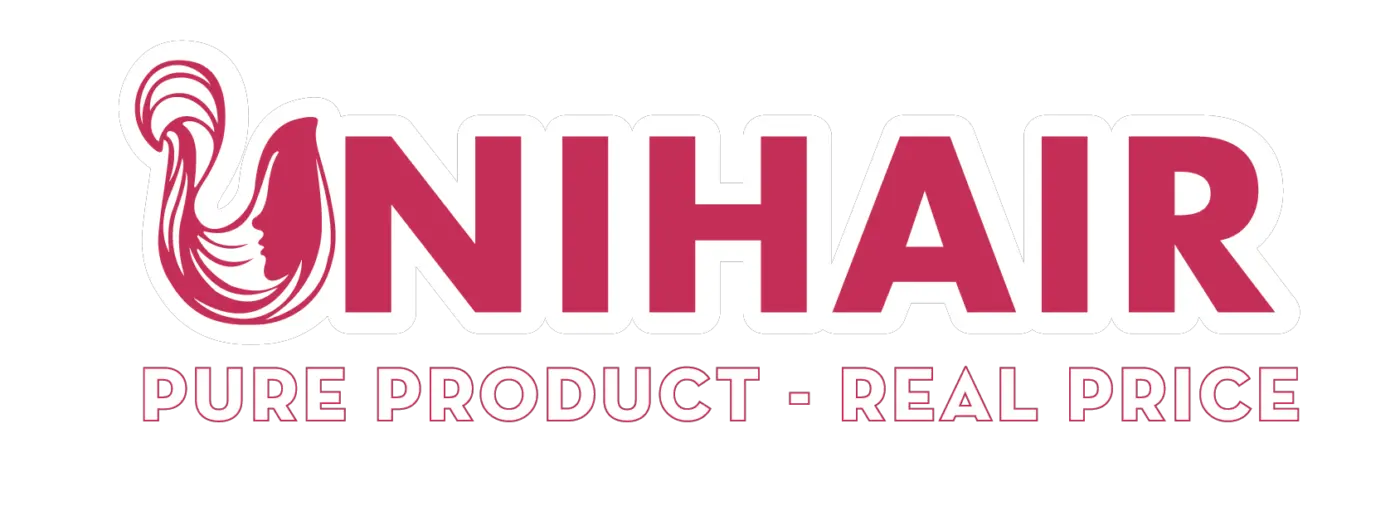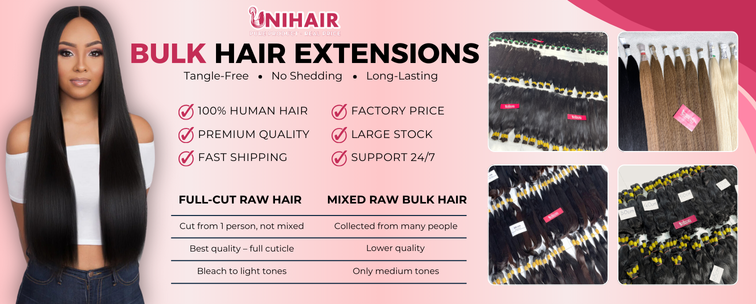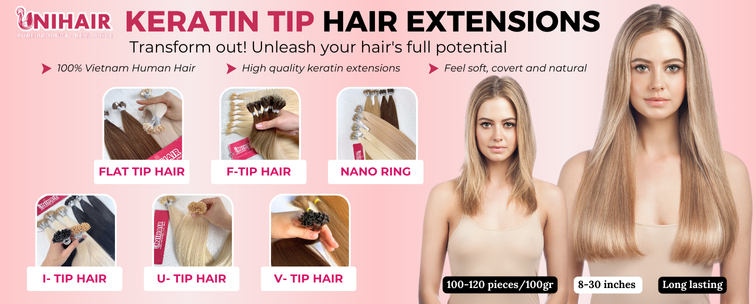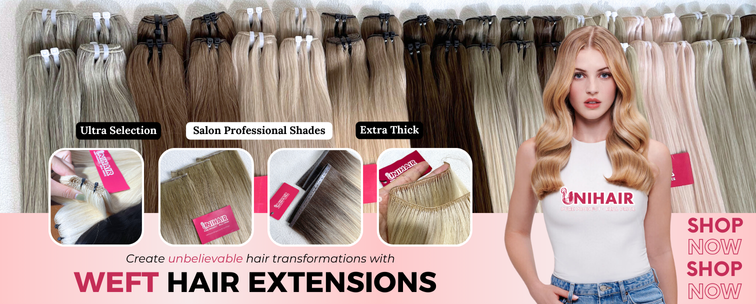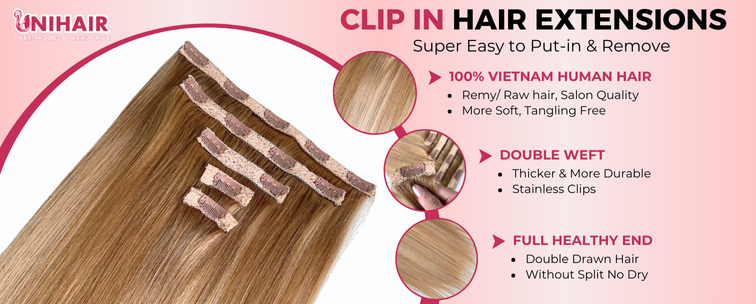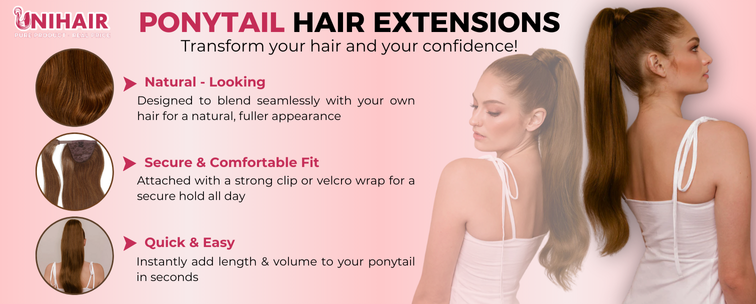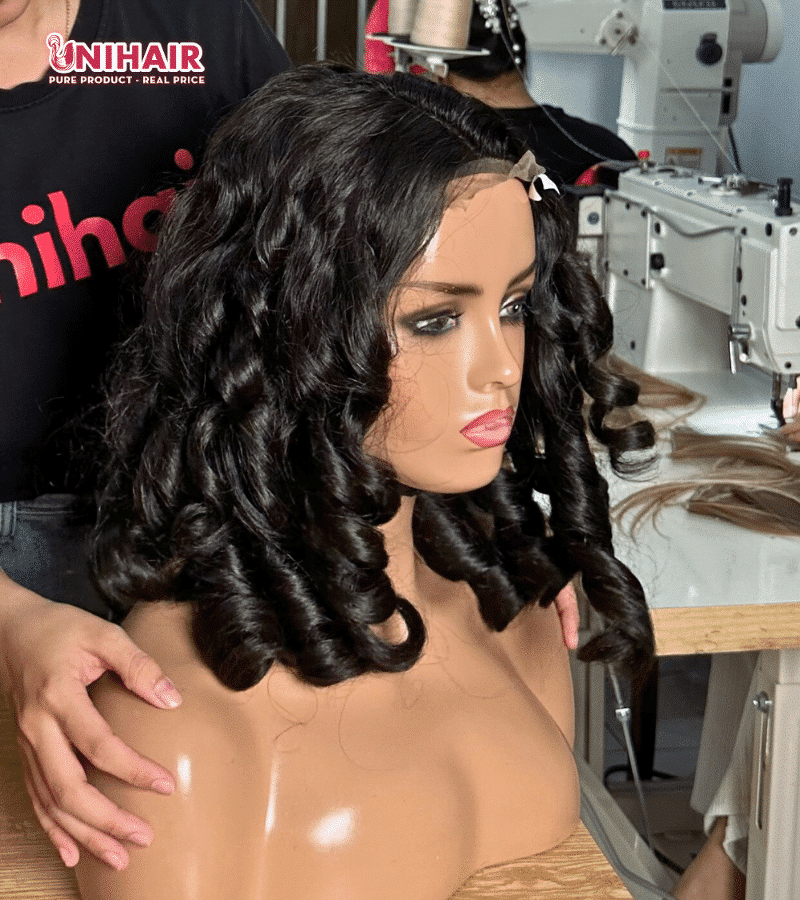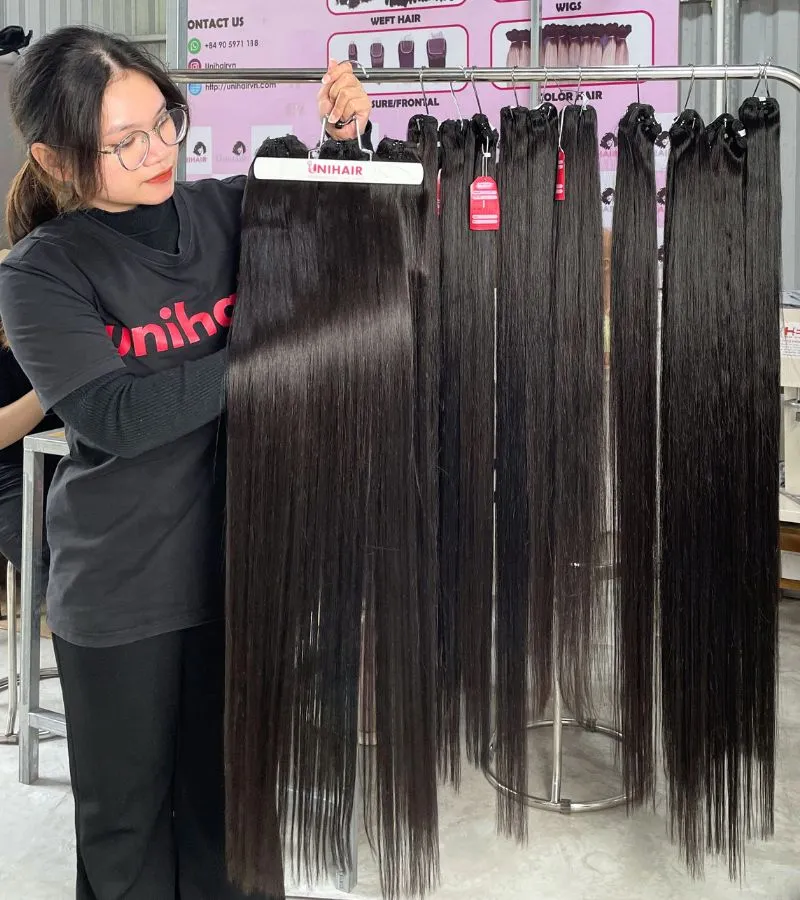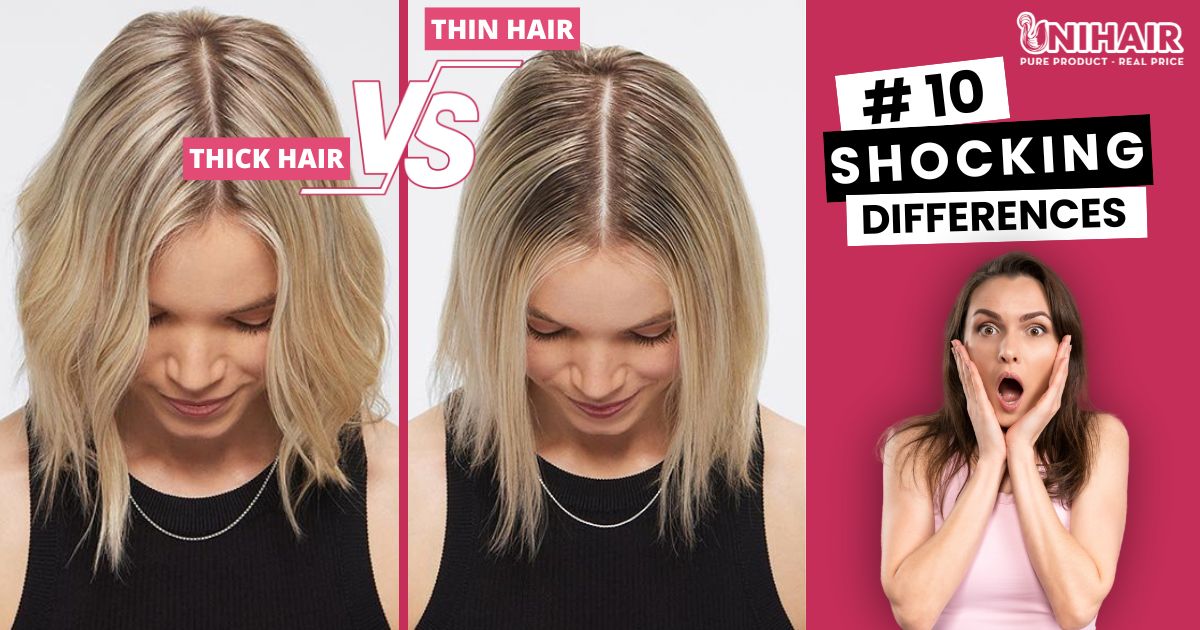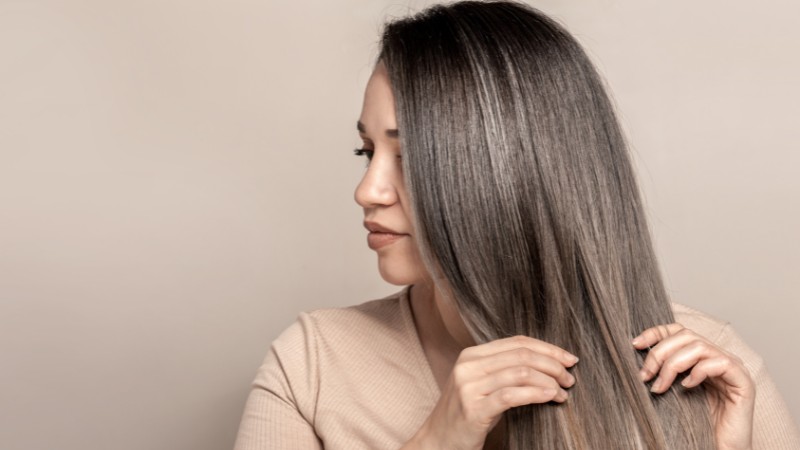Thick Hair vs Thin Hair: 10 Shocking Differences
When it comes to hair care, one of the most common debates is thick hair vs thin hair. While both hair types have their unique advantages, they require different approaches to styling, maintenance, and care. Understanding the key differences between thick and thin hair is crucial for choosing the right products, styling techniques, and even haircuts that will keep your hair healthy and looking its best. In this post, we’ll explore 10 shocking differences between thick and thin hair that will help you embrace your hair type and make the best decisions for your hair care routine.
What Is Hair Thickness?
When discussing thick hair vs thin hair, it’s important to first understand what hair thickness actually refers to. Hair thickness can be defined in two main ways: the individual strand width and the density of the hair.

Individual Strand Width
This refers to the thickness of each hair strand itself. People with thick hair typically have individual strands that are wider, while those with thin hair have finer, narrower strands. The width of the strand affects how the hair feels to the touch and how it looks when styled. Thick hair tends to appear fuller and more voluminous because the strands are larger, whereas thin hair may appear sleeker and less voluminous due to narrower strands.
Hair Density
Hair density refers to how many individual hair strands grow per square inch on your scalp. If you have high hair density, you have more strands of hair packed closely together, making your hair look fuller and thicker overall. In contrast, individuals with low density have fewer strands growing from their scalp, which can result in hair that looks thinner or more sparse.
10 Shocking Differences Between Thick Hair and Thin Hair
1. Visual Appearance and Perceived Volume
What is the difference between thick and thin hair? In the debate of thick hair vs thin hair, one of the most obvious difference between thick and thin hair is in appearance.
- Thick Hair: Naturally voluminous, thick hair often appears fuller without much effort. It tends to have a bouncy, lively look, giving the impression of density even when unstyled. This fullness can be both a blessing and a challenge when it comes to achieving certain hairstyles.
- Thin Hair: In contrast, thin hair is typically sleek and flat, often lacking natural volume. To create a fuller look, those with thin hair frequently rely on volumizing products and specific styling techniques, such as blow-drying with a round brush or using root-boosting sprays.
Visual Appearance and Perceived Volume
2. Ease of Styling and Versatility
When it comes to styling, thick hair vs thin hair presents a different set of challenges and advantages.
- Thick Hair: Styling thick hair can be a bit more labor-intensive. Its weight and density can make it harder to manipulate, and it often requires stronger hold products to maintain a style. However, thick hair can support more elaborate and voluminous hairstyles.
- Thin Hair: Thin hair is typically easier to style because it’s lighter and more responsive to tools. However, it can lack body, making it harder to achieve styles that require volume. Lightweight styling products work best to avoid weighing it down.

3. Time Required for Washing and Drying
One of the more practical differences in thick hair vs thin hair is the time it takes for washing and drying.
- Thick Hair: Washing and drying thick hair can be time-consuming. Due to the density of thick hair, it takes longer to thoroughly cleanse and condition, and even longer to dry. This can make frequent washing a chore.
- Thin Hair: Thin hair is quick to wash, condition, and dry, making it convenient for those with a busy schedule. The lighter nature of thin hair allows it to air dry faster, which can be an advantage for styling on the go.

4. Product Absorption and Amount Needed
The amount of hair product you need depends greatly on the type of hair, as seen in the comparison of thick hair vs thin hair.
- Thick Hair: Because thick hair has more volume, it usually requires more shampoo, conditioner, and styling products to get proper coverage. It absorbs products slowly, which means heavier formulas are often necessary to penetrate fully.
- Thin Hair: Thin hair, on the other hand, requires smaller quantities of product. Applying too much can weigh it down, leading to a flat look. Thin hair absorbs products quickly, which is why volume-boosting and lightweight formulas are ideal.

5. Resilience to Damage and Breakage
Thick hair vs thin hair which is better? The durability of hair is another key factor in the thick hair vs thin hair comparison.
- Thick Hair: Generally, thick hair is stronger and more resistant to damage. It can endure more heat and styling without showing signs of breakage, making it a great option for those who love experimenting with their look.
- Thin Hair: Thin hair is more delicate and prone to damage. Split ends can be a common issue, and heat tools can easily cause harm if not used carefully. Gentle handling and protective products are crucial for maintaining healthy thin hair.

6. Visibility of the Scalp and Hair Parting
How easy it is to see the scalp often varies between thick hair vs thin hair, impacting parting and styling.
- Thick Hair: A thick head of hair usually makes the scalp less visible, providing more flexibility when choosing where to part the hair. The hairline can be easily adjusted to suit different styles.
- Thin Hair: Thin hair tends to reveal more of the scalp, which makes parting choices more noticeable. Maintaining a thick-looking part can be challenging, and specific parting techniques might be needed to create the illusion of fullness.

7. Behavior with Heat Styling and Curl Retention
In terms of styling tools and methods, thick hair vs thin hair behaves differently when exposed to heat.
- Thick Hair: Thick hair is generally more resistant to heat, often needing higher temperatures to achieve curls. However, once styled, it tends to hold the shape for a longer period, making it a good choice for long-lasting curls and waves.
- Thin Hair: Thin hair curls easily at lower temperatures, but struggles to retain the shape throughout the day. Lighter styling products are essential for ensuring that curls last without weighing down the hair.

8. How Hair Reacts to Dye and Coloring
Coloring hair can have very different outcomes depending on whether you have thick hair vs thin hair.
- Thick Hair: Coloring thick hair can be a challenge because it requires more dye for even coverage. It often needs longer processing times to ensure the color penetrates thoroughly, especially when going for a lighter shade.
- Thin Hair: Thin hair absorbs dye quickly, leading to more vibrant results in a shorter amount of time. However, it is also more susceptible to damage, so gentle coloring techniques and protective measures are essential.

9. Perception of Shedding and Hair Loss
What’s the difference between thick and thin hair? The impact of hair shedding varies noticeably between thick hair vs thin hair.
- Thick Hair: With a denser volume, thick hair can shed without the loss being too noticeable. Even with some hair loss, thick hair often maintains its overall look.
- Thin Hair: Hair loss is more apparent in thin hair, especially around the scalp, which can make even minor shedding seem significant. Strategies like scalp treatments and volumizing products are useful in minimizing the visibility of hair loss.

10. Maintenance and Hair Care Routine Differences
The daily care and maintenance for thick hair vs thin hair can differ significantly.
- Thick Hair: This type of hair needs frequent trimming to reduce heaviness and keep the hair manageable. Regular deep conditioning is recommended to maintain hydration and softness.
- Thin Hair: Thin hair demands a gentler approach, focusing on avoiding breakage. Lightweight products are crucial to maintaining volume without weighing the hair down, and gentle detangling is necessary to prevent damage.

By understanding these 10 key differences between thick hair vs thin hair, you can better tailor your hair care routine to match your specific needs, ensuring that your hair always looks and feels its best!
Pros and Cons of Thick Hair
Is it better to have thick or thin hair? When it comes to the debate of thick hair vs thin hair, thick hair often stands out for its fullness and volume. However, it comes with its own set of challenges. Let’s take a closer look at the pros and cons of having thick hair.

Pros
- Durability and Strength: Thick hair is generally stronger and more resilient to damage compared to thin hair. It can handle more styling, heat, and environmental stressors without breaking easily, giving those with thick hair more flexibility when it comes to trying new looks or using different tools.
- Better Curl Retention: In the thick hair vs thin hair comparison, thick hair holds curls and waves better once styled. This is because the weight of the hair can help maintain the curl pattern, making it ideal for long-lasting, voluminous styles.
- Flexibility with Haircuts: Thick hair offers more options for different cuts and styles. From long layers to blunt bobs, thick hair can support various looks without appearing flat or thin. This flexibility allows for greater creativity with hairstyles.
- Less Frequent Washing: Due to its density, thick hair doesn’t get oily as quickly as thin hair, meaning you can go longer between washes. This can save time and reduce the need for daily hair care.
Cons
- Time-Consuming Maintenance: A significant downside in the thick hair vs thin hair debate is the maintenance required for thick hair. It can take longer to wash, condition, and dry due to its density, making the hair care routine more time-intensive.
- Prone to Frizz: Thick hair is often more prone to frizz, especially in humid conditions. The increased volume can make it harder to control, and frizz can make the hair look unkempt if not properly managed.
- Heavy Weight: The weight of thick hair can be both a blessing and a curse. While it helps in holding styles, it can also feel heavy, especially for those with long hair. This weight can lead to discomfort or tension headaches if the hair is styled in a tight updo or ponytail.
- Difficulty in Styling: Styling thick hair can be a challenge because it’s harder to manipulate and may not hold certain styles without stronger hold products. This can limit quick styling options, requiring more time and effort to achieve desired looks.
Pros and Cons of Thin Hair
While thick hair may have its own set of benefits, thin hair also has its own perks and drawbacks. Let’s break down the pros and cons of thin hair to help you understand is thin hair better than thick hair and what makes it both special and tricky to manage.

Pros
- Quick to Wash and Dry: One of the biggest advantages of having thin hair is the time it saves during your hair care routine. Thin hair vs thick hair requires much less time to wash, condition, and dry.
- Lightweight and Comfortable: Thin hair is generally lighter than thick hair, making it more comfortable to wear throughout the day. There’s less strain on the scalp, and it doesn’t feel heavy, making it an ideal choice for those who prefer a light and easy hairstyle.
- Easier to Style: Thin hair vs thick hair tends to be easier to manage when it comes to styling. It responds well to heat tools and can be curled or straightened with less effort. Additionally, thin hair is typically more adaptable to different styles, making it a versatile option for a variety of looks.
- Less Product Needed: When styling thin hair, you don’t need as much product as you would with thick hair. Applying too much product can weigh thin hair down, so you’ll often find that a small amount is sufficient. This can save both time and money on hair products in the long run.
Cons
- Lack of Volume: Thin hair vs thick hair often appears flat and limp, which can make it difficult to create voluminous styles. Many people with thin hair rely on volumizing products and styling tricks to achieve fullness, but it can still be a struggle to maintain.
- More Prone to Breakage: Thin hair is more fragile than thick hair, meaning it’s more likely to break or develop split ends. This fragility requires extra care when handling and styling. Heat tools, harsh brushing, or even tight hairstyles can easily cause damage to thin hair.
- Scalp Visibility: Thin hair vs thick hair tends to expose the scalp more clearly. This can be a concern for those who are self-conscious about their hairline or scalp, as thin hair may make thinning hair or hair loss more noticeable.
- Difficult to Hold Styles: Curls, waves, and volume tend to fall flat more quickly, and hair may lose its shape by the afternoon. Those with thin hair often need to use more styling products or touch up their look during the day to maintain the style.
Expert Hair Care Tips for Both Hair Types
Whether you have thick hair vs thin hair, each type comes with its unique set of needs and challenges. Understanding how to care for each type is essential to maintain healthy, manageable, and beautiful hair. Below are expert hair care tips tailored specifically for both thick and thin hair types.

Thick Hair Care Tips
- Regular Trimming: Thick hair can become heavy and unruly if not trimmed regularly. To keep it looking healthy and manageable, schedule a trim every 6-8 weeks. This helps reduce split ends and prevents your hair from becoming too thick or difficult to style.
- Hydration is Key: Because thick hair vs thin hair tends to have more texture, it can often feel dry. Moisturizing is crucial for thick hair. Use a rich, hydrating conditioner and deep conditioning treatments weekly to maintain softness and shine.
- Avoid Over-Producting: While thick hair often requires more product, it’s essential not to overdo it. Using too much product can weigh down your hair and make it greasy. Apply just enough to ensure full coverage, and opt for lightweight products when styling to prevent excess buildup.
- Use a Blow Dryer with a Diffuser: Blow-drying thick hair can take longer, so using a blow dryer with a diffuser attachment will help reduce frizz and provide even airflow. Keep the dryer on a medium or low heat setting to avoid damage, and remember that thick hair vs thin hair reacts differently to heat styling.
- Avoid Heavy Heat Styling: Because thick hair vs thin hair has more volume, it can endure more heat without damage. However, that doesn’t mean you should overdo it. Limit your use of high heat styling tools to preserve the health of your thick hair and keep it from becoming dry or brittle.
Thin Hair Care Tips
- Lightweight Products: When it comes to thick hair vs thin hair, thin hair needs lightweight products that won’t weigh it down. Choose shampoos, conditioners, and styling products that are labeled “volumizing” or “lightweight.”
- Use a Volume-Boosting Mousse: To create the illusion of thicker hair, apply a volume-boosting mousse to your damp hair. Focus on the roots to create lift and body. Mousse is lightweight and won’t weigh down thin hair like other styling products might.
- Gentle Brushing and Detangling: Because thick hair vs thin hair is more prone to breakage, thin hair requires a soft touch when brushing. Use a detangling brush or a fine-toothed comb to gently work through knots. Always brush your hair while it’s damp to avoid breakage from dry brushing.
- Limit Heat Styling: Thin hair is more susceptible to heat damage, so try to avoid excessive use of styling tools like flat irons or curling irons. If you must use them, always apply a heat protectant spray beforehand and use the lowest heat setting possible to prevent damaging your hair.
- Consider Layers or a Lighter Cut: Thick hair vs thin hair often looks completely different depending on the cut. For thin hair, opting for layers can create the appearance of more volume. A shorter haircut can also make thin hair look thicker and more manageable.
Frequently Asked Questions (FAQS)

Which Is Better Thick Or Thin Hair, For Different Hair Types?
Is it better to have thin or thick hair? The choice between thick hair vs thin hair depends on your styling preferences and lifestyle. Thick hair provides natural volume and body, making it great for more textured, voluminous styles. However, it requires more effort to wash, style, and maintain. Thin hair, on the other hand, is easier to manage and dries faster but can lack fullness and may need additional products to achieve volume.
What Are The Main Differences Between Thick Hair Vs Thin Hair For Females?
Thick hair vs thin hair female affects both appearance and care. Thick hair tends to look fuller and more voluminous, but it can be heavier and more challenging to manage. Styling often requires stronger products. Thin hair is lighter and easier to style but may lack body, requiring volumizing products and techniques to create fullness.
How Does Thick Hair Vs Thin Hair Affect Males, And Which Is Easier To Style?
When comparing thick hair vs thin hair for men, thick hair offers volume and versatility for styling, but it often requires more effort and products to manage. Is thin or thick hair better? Thin hair is easier to handle and quicker to style, but it may not hold volume as well and can appear flat without the right products.
What Are The Pros And Cons Of Thick Hair Vs Thin Hair For Men?
Thick hair vs thin hair men each has pros and cons:
- Thick hair provides natural volume, holds styles well, and creates a fuller look, but it can be more time-consuming to wash, dry, and style.
- Thin hair is lighter, easier to manage, and quicker to style, but it may lack the body and fullness of thick hair and can be more prone to showing the scalp.
Ultimately, whether thick hair vs thin hair male is better comes down to personal preferences, styling goals, and the time you’re willing to invest in maintenance.
Conclusion
In conclusion, thick hair vs thin hair comes down to understanding the unique characteristics and needs of each hair type. What is better thin or thick hair? Whether you have thick, voluminous locks or fine, delicate strands, embracing your hair’s natural texture and adjusting your routine accordingly can make all the difference. By knowing the shocking differences between thick and thin hair, you can tailor your care to ensure your hair stays healthy, styled perfectly, and looking its best every day.
